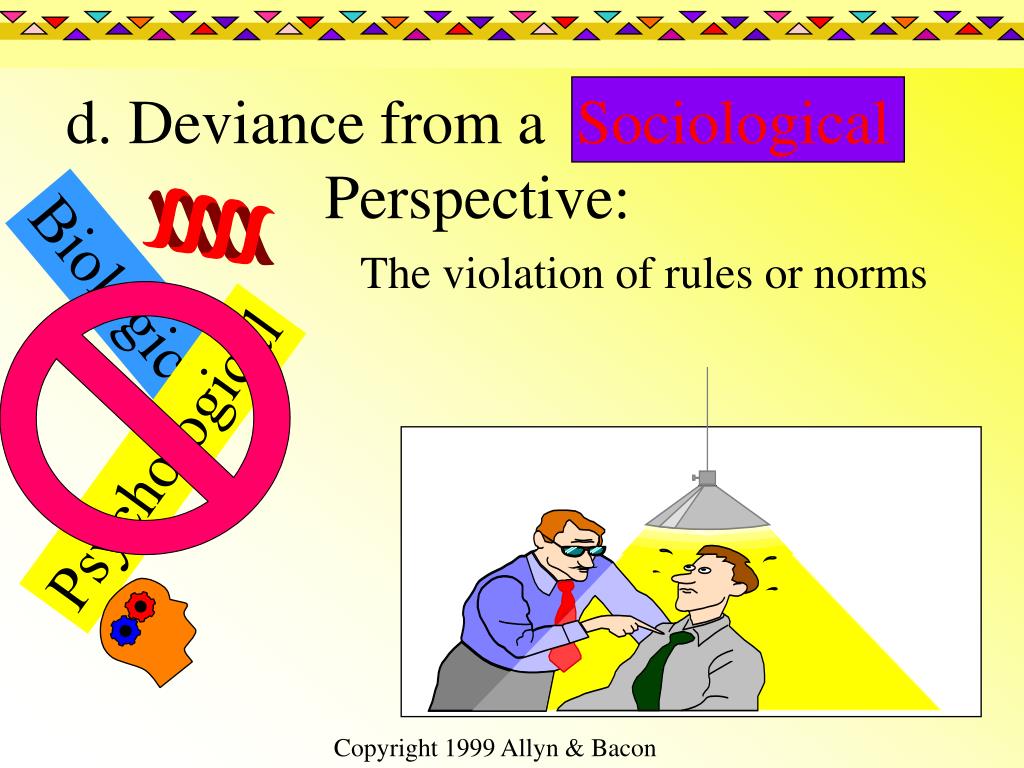

The majority of sociologists of deviance are constructionists that is, they argue that their mission is to understand how deviance is created or defined subjectivistically and culturally. The enterprises in which these perspectives are engaged are in fact linked only by the objectively similar nature of their subject matter conceptually and theoretically, they are worlds apart. And though these two approaches define deviance in superficially similar ways, their definitions point to sharply divergent universes of meaning. Each perspective has its own mission, agenda, enterprise, and methodology. Explanatory theories regard deviance as ‘‘objectively given,’’ that is, a syndrome like entity with more or less clear cut, identifiable proper ties whose causal etiology can be explicated by the social scientist.

The constructionist approach sees deviance as ‘‘subjectively problematic,’’ that is, ‘‘in the eye of the beholder,’’ and takes as its primary task an understanding of how judgments of deviance are put together, and with what consequences. A perusal of course curricula verifies that most sociologists who teach a course on deviance divide the field into two distinctly different perspectives: constructionist approaches and explanatory theories. Behind this seemingly simple and clear cut definition, however, lurks a swarming host of controversies.

In sociology deviance is defined as the violation of a social norm which is likely to result in censure or punishment for the violator.


 0 kommentar(er)
0 kommentar(er)
